Want to add a hotel stay or change your flights?
Just call our team of cruise specialists to help build your dream cruise holiday today!
Prices based on 2 people sharing. Cruise only price does not include flights. Fly-cruise price may vary by chosen UK airport.
(Prices correct as of today’s date, are updated daily, are subject to change and represent genuine availability at time of update).
Cruise only holidays are financially protected by ABTA. Fly cruise holidays are financially protected by Regent Seven Seas Cruises under ATOL number 10297
Please click here to check the essential travel requirements before booking this cruise.
Itinerary

Istanbul
The only city in the world that can lay claim to straddling two continents, Istanbul—once known as Constantinople, capital of the Byzantine and then the Ottoman Empire—has for centuries been a bustling metropolis with one foot in Europe and the other in Asia. Istanbul embraces this en... Read More
Istanbul
Kavala
Bozcaada
Dikili
Kusadasi
Mykonos
Piraeus
Santorini
Cruising the Mediterranean Sea
Kotor
Dubrovnik
Rijeka
Fusina
What's Included with
Regent Seven Seas Cruises
A truly all-inclusive holiday with regent seven seas. With FREE unlimited shore excursions, you can taste, tour and savour every moment in over 450 ports. The cruise line offers an unrivalled ultra-luxury experience from start to finish, with everything included - from exquisitely prepared cuisine to opulent all-balcony suites.
Speak to a Luxury Cruise Concierge (Freephone) 08082026105
Entertainment
Return flights included (UK airports)
WiFi
Gratuities included
24-hour room service
Self-service laundry
Shuttle service to and from ports and airport where available
Unlimited beverages
In-suite mini bar replenished daily
Butler service for selected suites
1:1.5 staff to guest ratio
Unlimited shore excursions
Luxurious, all-suite accommodation
Explore Regent Seven Seas Grandeur






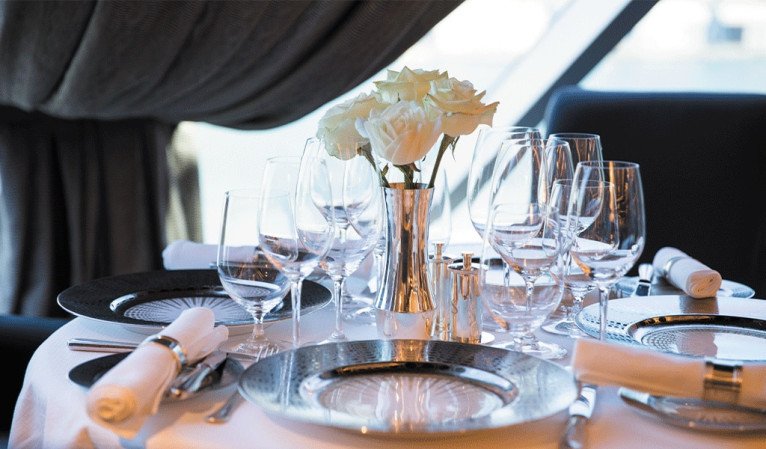
Compass Rose
Our largest specialty restaurant on a ship full of spectacular dining options. Design your very own entrée from preferred sides, sauces, pastas and main features of beef, poultry and fish. Dessert? Decadent, of course.








Gourmet Explorer Tours
Our distinctive Gourmet Explorer Tours, offered exclusively aboard Seven Seas Explorer, allows guests the unique opportunity to experience the culinary culture of the world’s most delicious destinations. From savouring the authentic flavours of a region to learning new techniques in local cooking classes, guests can choose from a variety of optional tours that take them to local markets to find exotic spices, sample delicious wines at breathtaking estates and savor gourmet meals expertly prepared by renowned chefs. Due to their unique itineraries, Gourmet Explorer tours require a discounted, supplementary charge.











Grandeur Lounge
There’s no better way to whet your appetite for dinner than at this ship’s namesake lounge. Its elegant design will coax you into a state of relaxed bliss over signature cocktails and soulful sounds.





Serene Spa & Wellness™
Serene Spa & Wellness™ is a globally inspired, tranquil haven of health, beauty and wellness, offering restorative treatments and activities to soothe both the body and mind. Strengthen and elevate as you engage with a variety of treatments curated especially for Regent Seven Seas Cruises®.

Club Mariner
Families with young travelers will enjoy our Club Mariner Youth Program on select voyages. Children ages 5 to 17 can participate in a range of specialised activities, from mini-putt tournaments to dance parties to movie nights. Each program is designed and supervised by friendly and professional youth counselors.
Club Mariner is available on select sailings only. Please ask your travel professional for details.
Deck 14

- Regent Suite
- Concierge Suite
- Penthouse Suite
Deck 12

- Putting Green
- Shuffleboard
- Golf Net
- Bocce Court
- Paddle Tennis Court
- Jogging Track
- Concierge Suite
- Penthouse Suite
- Grandeur Suite
- Grand Suite
Deck 11

- La Veranda / Sette Mari
- La Veranda
- Pool Grill
- Smoking Area
- Pool Bar
- Culinary Arts Kitchen
- Connoisseur Club
- Library
- Observation Lounge
- Pool
Deck 10

- The Study
- Chartreuse
- Prime 7
- Bridge
- Concierge Suite
- Superior Suite
- Penthouse Suite
- Grand Suite
- Grandeur Suite
Deck 9

- Master Suite
- Concierge Suite
- Penthouse Suite
- Grand Suite
- Grandeur Suite
- Superior Suite
Deck 8

- Launderette
- Penthouse Suite
- Seven Sea Suite
- Superior Suite
- Concierge Suite
- Master Suite
Deck 7

- Seven Seas Suite
- Penthouse Suite
- Superior Suite
- Concierge Suite
- Veranda Suite
- Grand Suite
- Deluxe Grand Suite
Deck 6

- Fitness Center
- Penthouse Suite
- Concierge Suite
- Deluxe Veranda Suite
- Veranda Suite
Deck 5

- Atrium
- Coffee Connection
- Constellation Theater
- Infinity-Edge Plunge Pool
- Meridian Lounge
- Pacific Rim
- Serene Spa & Wellness
- Business Center
- General Manager
- Destination Services
- Reception & Concierge
Deck 4

- Constellation Theater
- Boutique
- Atrium
- Grandeur Lounge
- The Casino
- Compass Rose
Regent Seven Seas Grandeur Cabins & Suites










Regent Suite
Meet Our Luxury Cruise Concierge
Our luxury cruise concierge have been on board a vast array of the finest ships at sea and are always happy to share their first-hand experiences to help curate your dream ultra-luxury voyage. From advising you on the best cruise lines and ships to helping you select from a variety of phenomenal destinations and itineraries, your dedicated concierge is on hand to ensure booking your next cruise is as seamless, smooth and tailored to you as possible.














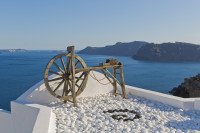












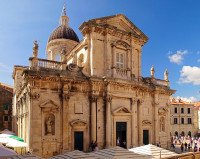



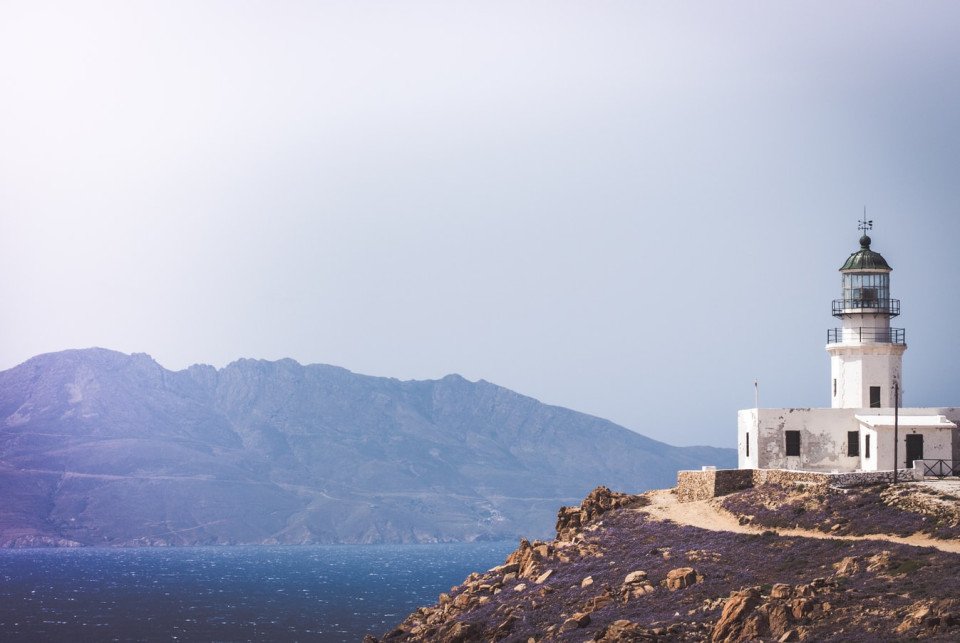








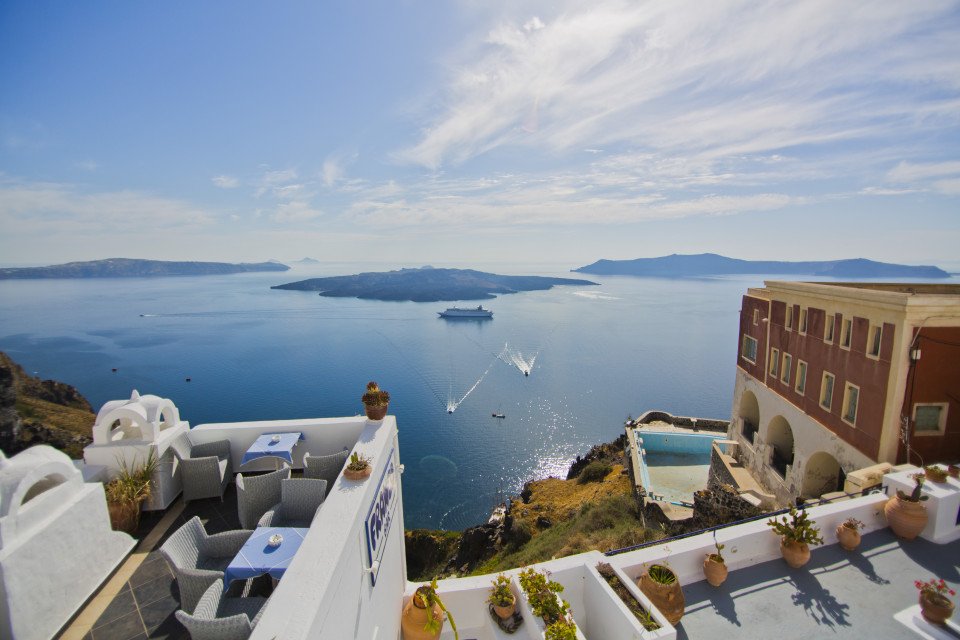



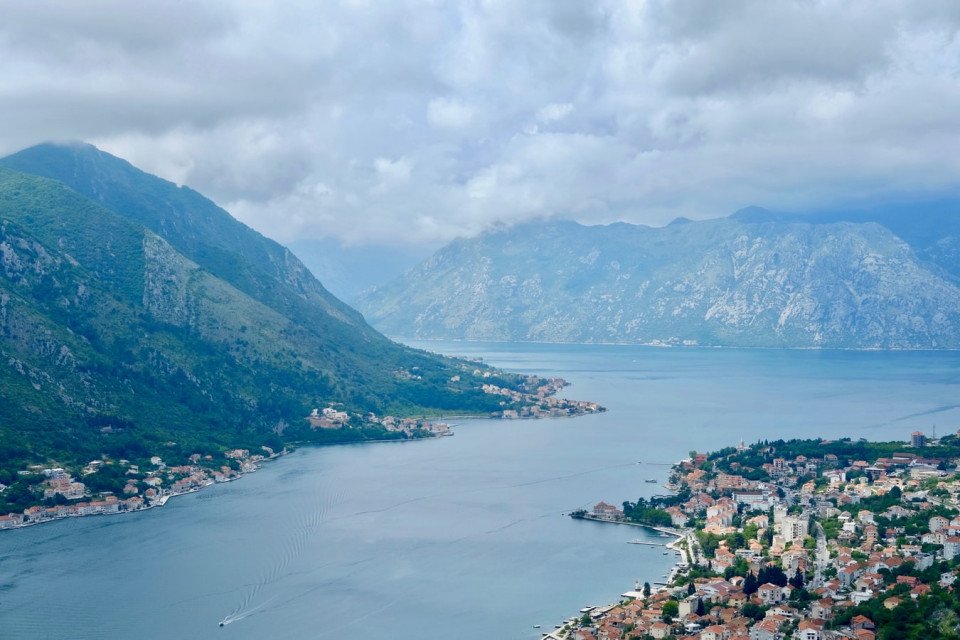



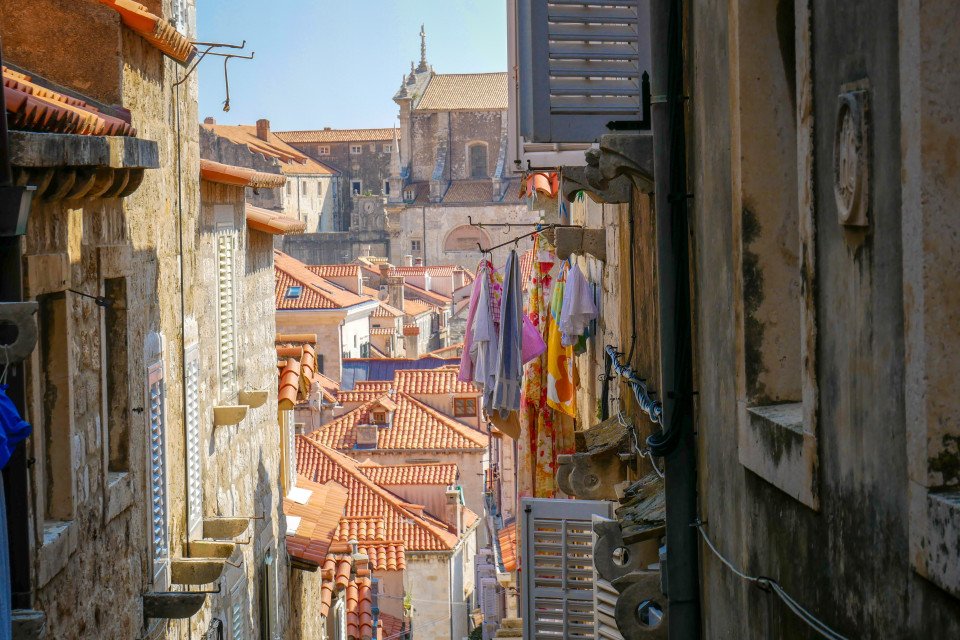






























-large_thumb.jpg)





-large_thumb.jpg)